Amazon rainforest food web producers 124485-What is the food chain in the amazon rainforest
The food web continues until an animal dies or decomposes, which means the decaying matter goes back into the soil or bottom of the food chain and the entire process begins all over again The plants in the rainforest play an important role in the rainforest food chain as wellOverall the Amazon Rainforest covers a some 40% of South The ants do not actually eat the leaves, but on fungus Examples of these in the Amazon Rainforest are mushrooms, insects and microorganismsAn example of an Amazon Rainforest Food Web is illustrated below Create your own unique website with customizable templates Live in leaves on the forest floor But they allThis video shows the food chain of a rainforest (science) at a fourth grade level It breaks down each layer, names them and shows examples At the end of th

Download Jungle Cartoon
What is the food chain in the amazon rainforest
What is the food chain in the amazon rainforest-Termites (Isoptera) make large nests in the trees of the amazon 8% of the world termite population lives in the amazon Climate stability is a large reason the Amazon is home to so many termites Termites help the world by recycling waste in the ecosystem They consume wood for the cellulose in it1 Primary producers – These are the organisms that produce the source of food for the community Producers are usually green plants and are essential for the survival of the community An example of these in the Amazon Rainforest are the trees, shrubs, bromeliads and other plants 2



Images And Places Pictures And Info Amazon Rainforest Food Web Diagram
Amazon rainforest Food Pyramid Producers Example Ferns G reen plants like ferns are examples of producers Producers get their energy from the sun by using photosynthesis Photosynthesis is a process that converts energy in light form into chemical energy that can be used for nutrientsAmazon Rainforest Food Web Producers Consumers Marsh Grass, Plankton, and Trees are all Producers Macaws, Howler Monkeys, and Tapirs are all Consumers Predators Jaguars, Green Anacondas, Harpy Eagles, and Black Caimans are all Predators Scavengers King Vultures and Earthworms areFood Chain of the Amazon Rainforest The Producers the trees, shrubs, bromeliads and other plants The Primary Consumers – the macaws, monkeys, agouti, tapir, butterflies, sloths, toucans The Secondary Consumers – the jaguar and boa constrictor
The Producers, Consumers, and Decomposers in the Rainforest Producers The rain forest grows in three levels, the Canopy, which is the tallest level it has trees between 100 and 0 feet tall The second level called the understory contains a mix of shrubs, ferns, palms, small trees and vinesA producer is the first level on the food chain They can either be a green plant or bacterium Consumers feed on these producers or other animals for energy There are four types of consumers, herbivores, carnivores, omnivores, and detritivores (Science Dictionary Producer)The Producers the trees, shrubs, bromeliads and other plants The Primary Consumers – the macaws, monkeys, agouti, tapir, butterflies, sloths, toucans The Secondary Consumers – the jaguar and boa constrictor The Scavengers – the butterflies and other insects The Decomposers or Detritivores – mushrooms, insects and microorganisms * Try the Amazon Rainforest Food Web Activity
Amazon rainforest Food Pyramid Producers Example Ferns G reen plants like ferns are examples of producers Producers get their energy from the sun by using photosynthesis Photosynthesis is a process that converts energy in light form into chemical energy that can be used for nutrientsFood Chain of the Amazon Rainforest The Producers the trees, shrubs, bromeliads and other plants The Primary Consumers – the macaws, monkeys, agouti, tapir, butterflies, sloths, toucans The Secondary Consumers – the jaguar and boa constrictor The Scavengers – the butterflies and other insects The Decomposers or Detrivores – mushrooms, insects and microorganismsAmazon Rainforest Food Web 6 1 brazil nut tree2 jackfruit tree3 agouti 4 morpho butterfly5 birdwing butterfly 6 macaw7 threetoed sloth 8 tapir 9 bacteria 10 harpy eagle11 jaguar12 boa constrictor13 squirrel monkey 14 toucan15 golden lion tamarin



Food Chain And Food Web Quiz Internet Geography



Amazon Rainforest Food Web Activity
What is the food web for amazon rainforest??Among many of the producers in the rainforest, there are lots of trees They are mostly evergreen trees with shallow roots The variety of trees is very diverse although the soil is low on nutrients and acidic The trees in the Amazon Rainforest provide % of the oxygen in the worldAmazon Rainforest Food Web 6 1 brazil nut tree2 jackfruit tree3 agouti 4 morpho butterfly5 birdwing butterfly 6 macaw7 threetoed sloth 8 tapir 9 bacteria 10 harpy eagle11 jaguar12 boa constrictor13 squirrel monkey 14 toucan15 golden lion tamarin



Energy In The Environment Biology For Non Majors Ii



Eboneeporcha S Rainforest Food Pyramid Science Showme
Amazon Rainforest, large tropical rainforest occupying the Amazon basin in northern South America and covering an area of 2,300,000 square miles (6,000,000 square km) It is the world's richest and mostvaried biological reservoir, containing several million speciesCreated by Alexandria Ellis!Next, we will learn about the energy pyramid When an animal eats another animal, they only get 10% of the energy of the animal they ate This process goes on until the last animal dies So, if an



Rainforest Food Chain Worksheet Education Com Rainforest Food Web Rainforest Food Chain Rainforest


Q Tbn And9gcs Rup96sj Dtr Sdd Uhnbqlwcqkkxci2kypgdov0l0zac8afl Usqp Cau
Producers As in any other food web, even in this food web, the producers are plants These include tropical rainforest species like sawpalm, twisty grass, live oak, parasol plant, cedar, etc In temperate rainforests, species that act as producers include cedar, fir, spruce, hemlock, etcI need to know 4 producers, 3 primary consumers, 2 secondary consumers, 1 tertiary consumer, and 1 decomposer Answer Save 2 Answers In fact we just got back from The Amazon doing a sustainable project in Peru on in the rain forestThe Food Web A food web is a sequence of what eats what in a community of animals It starts with the least dominant species (producer), and ends up with what ever the most dominant animal is Below is an example of a food web



Tropical Rainforest Biome Adventure Roxym304



Amazon Rainforest Food Web Short Answer Activity
The Amazon Tropical Rainforest Biome Home;Primary Producers (First Trophic Level) 1 Cacao Tree 2 Floating Meadow Grass 3 Floating Grass 4 Guarana Tree Primary Consumers (Second Trophic Level) 5 Venezuelan Red Howler Monkey 6 Capybara 7 Amazonian Tapir 8 Leaf Cutter Ants 9 TwoToed Sloth Secondary Consumers (Third Trophic Level) 10 Yellow Browed Sparrow~ Food Web Project Producers plants Primary Consumers small mammals Secondary Consumers the jaguar and boa constrictor D



Amazon Rainforest Consumer Food Chain Primary Producers Ecosystem Food Chin Text Herbivore Temperate Deciduous Forest Png Pngwing



How The Food Chain In The Rainforest Works Bright Hub
Food Web The Amazon's tropical rainforest ecosystem can be divided into layers, separating species based on how they get their energy These layers are called trophic levelsFish, ants, and insects deer, kinkajous, river otters, and tapirsThey provide the energy for everything else They are the PRODUCERS The animals (insects, mice, chipmunks, squirrels, rabbits, deer) that mostly eat plants are called the herbivores There are fewer herbivores than there are plants because each herbivore needs a lot of plant matter to live Herbivores feed directly on the producers
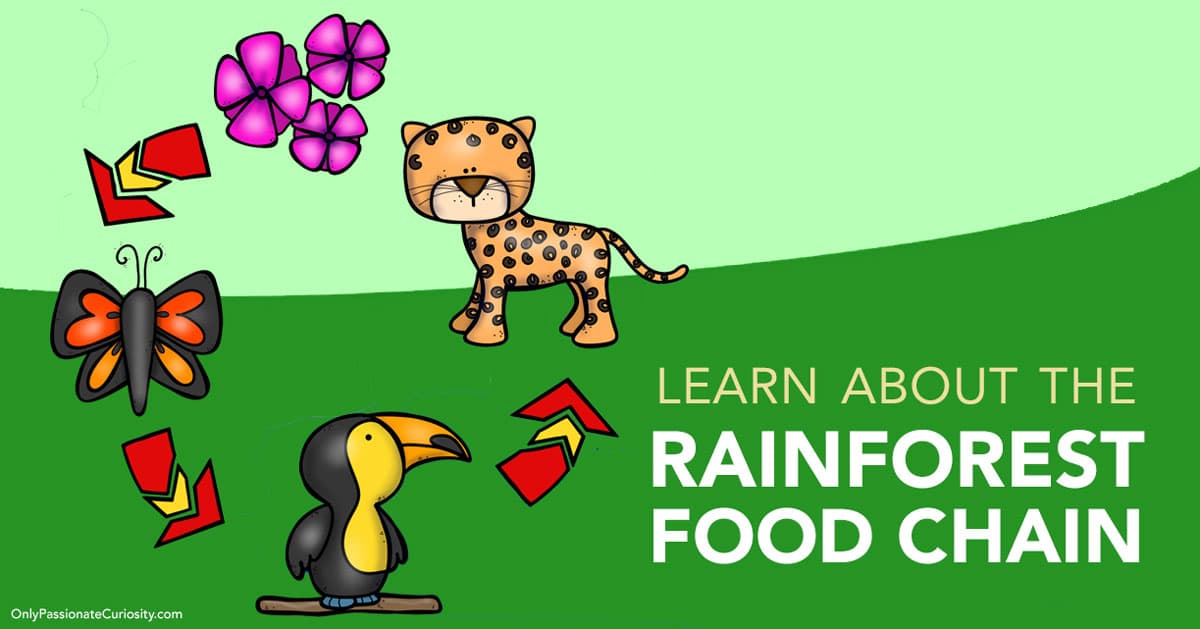


Learn About The Rainforest Food Chain Only Passionate Curiosity



Amazon Rainforest Consumer Food Chain Primary Producers Ecosystem Food Chin Text Herbivore Png Pngegg
To understand the amazon rainforest food web, first read about the amazon rainforest biome using this link There are many different regions of these rainforests however, they only cover approximately 6% of the earths surface Macaws, monkeys, fruit bats, grasshoppers secondary consumers These organisms have predators and prey on severalThe 'wild west' fringe of the Amazon rainforest With a population of 125,000 and more than two million cattle, the town of São Félix do Xingu covers an area bigger than ScotlandFood Chains for Kids Food Webs, the Circle of Life, and the Flow of Energy FreeSchool Duration 458 Free School 1,102,857 views
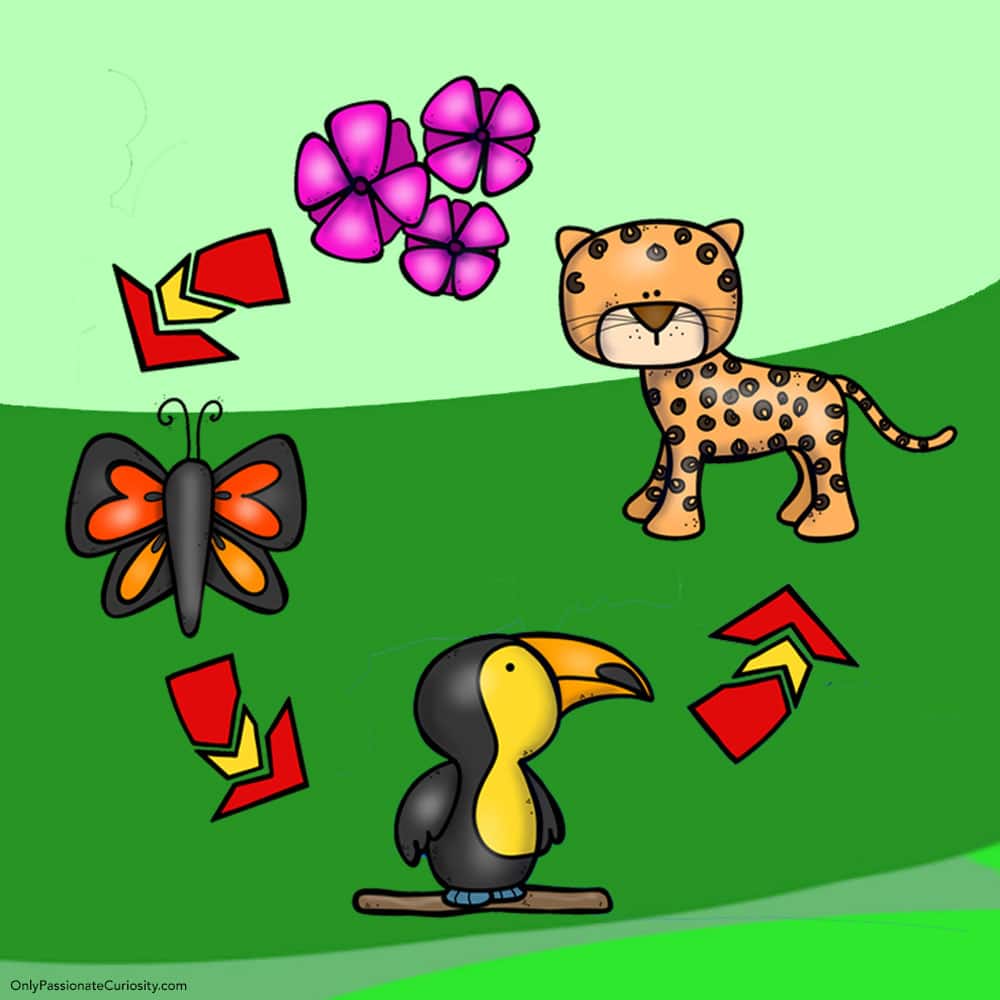


Learn About The Rainforest Food Chain Only Passionate Curiosity


4 How Do Tropical Rainforest Systems Work Island School Humanities
The Producers the trees, shrubs, bromeliads and other plants The Primary Consumers – the macaws, monkeys, agouti, tapir, butterflies, sloths, toucans The Secondary Consumers – the jaguar and boa constrictor The Scavengers – the butterflies and other insects The Decomposers or Detrivores – mushrooms, insects and microorganisms If the boa constrictor was removed from the AmazonTHE FOOD WEB Powered by Create your own unique website with customizable templates Get Started Photo used under Creative Commons from kvnjnsThe food web starts with producers Some producers of the Amazon are orchids, seeds,banana trees and more Next is the primary consumers They consume the producers for example macaes eat seeds and orchids After the primary comes the secondary consumers Secondary consumers eat teh primary and other animals Most secondary consumers are carnivores



Forest Biomes



Rainforest Food Chains Video Lesson Transcript Study Com
The Amazon rainforest food chain has different trophic levels that include primary producers, primary consumers and secondary, tertiary and quaternary consumers Decomposers or detrivores also are part of this food chain These organisms are bacteria, fungi and certain types of insects that consume leftover wasteFood Chain of the Amazon Rainforest The Primary Consumers – the macaws, monkeys, agouti, tapir, butterflies, sloths, toucans The Secondary Consumers – the jaguar and boa constrictor The Scavengers – the butterflies and other insects Plants are the first level in the food chain or food webs and are known as primary producers TheyFor the holiday season, returnable items shipped between October 1 and December 31 can be returned until January 31, 21 You may be charged a restocking fee up to 50% of item's price for used or damaged returns and up to 100% for materially different item


Food Web Tropical Rainforest Biome



Download Tropical Tree
The Amazon rainforest is a rainforest located in South America, mostly in Brazil It is the largest rainforest in the world, making it subject to deforestation The Amazon is a tropical rainforest due to its climate, rainfall, and the fact that tropical rainforests are located near the equatorProducers Strangler fig, Coconut Trees, Banana Trees, Bamboo Trees, Primary Consumers Macaws, Monkeys, Fruit Bats, Grasshoppers Secondary Consumers Vampire BatsPrimary Producers (First Trophic Level) 1 Cacao Tree 2 Floating Meadow Grass 3 Floating Grass 4 Guarana Tree Primary Consumers (Second Trophic Level) 5 Venezuelan Red Howler Monkey 6 Capybara 7 Amazonian Tapir 8 Leaf Cutter Ants 9 TwoToed Sloth Secondary Consumers (Third Trophic Level) 10 Yellow Browed Sparrow



Amazon Rainforest Food Web



Amazon Rainforest Food Web
The sources of energy in this food web are the producers (orchids, varied seeds, banana tree, bamboo, and the coconut tree) The banana tree feeds more organisms than any of the other producers so if there was a decrease in the number of banana trees it would effect the number of other organisms beucase they wouldnt be getting as much foodPrimary Producers (First Trophic Level) 1 Cacao Tree 2 Floating Meadow Grass 3 Floating Grass 4 Guarana Tree Primary Consumers (Second Trophic Level) 5 Venezuelan Red Howler Monkey 6 Capybara 7 Amazonian Tapir 8 Leaf Cutter Ants 9 TwoToed Sloth Secondary Consumers (Third Trophic Level) 10 Yellow Browed SparrowAmazon rainforest Food Pyramid Producers Example Ferns G reen plants like ferns are examples of producers Producers get their energy from the sun by using photosynthesis Photosynthesis is a process that converts energy in light form into chemical energy that can be used for nutrients
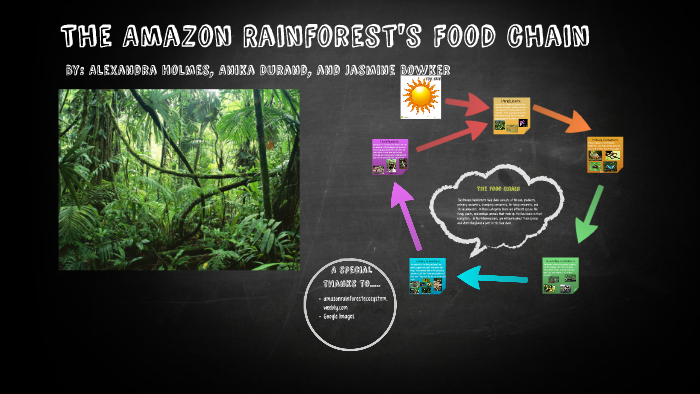


The Amazon Rainforest S Food Chain By Alexandra Holmes
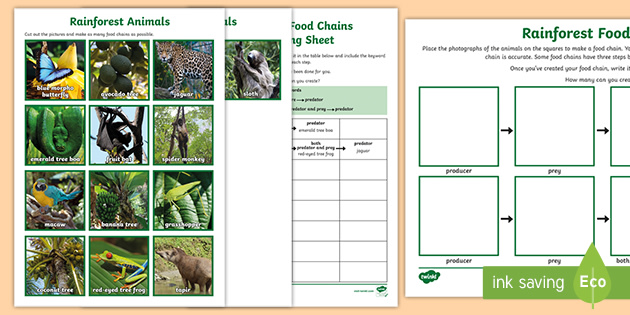


Rainforest Animals List Food Chain Primary Resources
The Tropical Rainforest Food Web one of the largest and most famous being the Amazon rainforest in South America producers are organisms that make their own food Producers supply energyRainforest Food Web Purpose To understand how all life is interconnected and the sun, trees, and plants are major components in a food web Key concepts • Producers plants and trees (fruits and nuts) • Consumers herbivores (eat plants), insectivores (eat insects), carnivores (eat other animals), and omnivores (eat plants/animals) • Decomposers bacteria, fungi (mushrooms), and moldsNext, we will learn about the energy pyramid When an animal eats another animal, they only get 10% of the energy of the animal they ate This process goes on until the last animal dies So, if an



Amazon River Food Web Cliffordbolton1 S Blog



What Would Be An Example Of A Food Chain In The Rainforest Socratic
This food web shows how organisms in the Amazon Rain Forest interact with eachother by showing each class from Producers to Decomposers The producers, which are also called autotrophs collect energy to produce their own food, while primary and secondary consumers are heterotrophs, omnivores, herbivores, carnivoresFood Chains for Kids Food Webs, the Circle of Life, and the Flow of Energy FreeSchool Duration 458 Free School 1,102,857 viewsThe Amazon rainforest food chain has different trophic levels that include primary producers, primary consumers and secondary, tertiary and quaternary consumers Decomposers or detrivores also are part of this food chain These organisms are bacteria, fungi and certain types of insects that consume leftover waste



Quaternary Consumer Definition Role Expii



3 1 Energy Flow Through Ecosystems Environmental Biology
Overall the Amazon Rainforest covers a some 40% of South The ants do not actually eat the leaves, but on fungus Examples of these in the Amazon Rainforest are mushrooms, insects and microorganismsAn example of an Amazon Rainforest Food Web is illustrated below Create your own unique website with customizable templates Live in leaves on the forest floor But they allLike the organisms oin the food web including its producers like the canopy trees and the orchids Over all the biotic factors describe the living factors in the environment Abiotic factors are the physical factors of an environment The abiotic factors could be the soil in the tropical rainforestAmazon Rainforest Food Web Amazon Rainforest Food Web Saved by Exploring Nature Eduational Resource 181 Rainforest Food Chain Rainforest Ecosystem Rainforest Project Rainforest Animals Amazon Rainforest Ecosystems Projects Trophic Level World Geography Biomes More information



Amazon Rainforest Food Web Diagram Page 1 Line 17qq Com



Coral Reef Food Web National Geographic Society
Among many of the producers in the rainforest, there are lots of trees They are mostly evergreen trees with shallow roots The variety of trees is very diverse although the soil is low on nutrients and acidic The trees in the Amazon Rainforest provide % of the oxygen in the worldBamboos perform a range of functions in the tropical rainforest They bind soil and prevent its erosion During heavy rainfall, they accumulate water in the chambers of their stems, which otherwise would have caused floods The fruits, seeds, leaves, and young shoots provide food and habitat for a variety of animals, like rats and lemurs


Food Chain The Rainforest A World Biome



Rainforest Food Web Science Struck



Amazon Rainforest Animals Food Chain Amazon Rainforest Animal Sort Overview Bertomaril


Tropical Rain Forest


Q Tbn And9gcsyfrbgfrep8p8j4tcnzz0hczbonwkourqket3cbb5c4pyhk1sn Usqp Cau



Amazon Rainforest Bird Hoh Rainforest Parrot Food Chain Png 1000x600px Amazon Rainforest Bird Eating Ecosystem Fauna



How The Food Chain In The Rainforest Works Bright Hub



Tropical Rainforest Producers And Consumers Earth Science Class Video Study Com
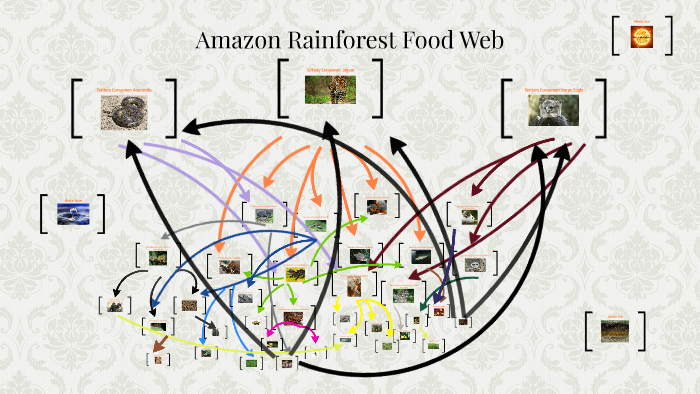


Amazon Rainforest Food Web By Sofia Tischler



Amazon Rainforest Food Chain Life Crcle Stock Vector Royalty Free



Section D Energy Flow In Ecosystems Energy Education Concepts And Practices Uwsp
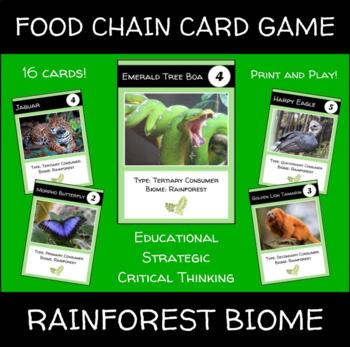


Food Chain Card Game Rainforest Biome Amazon Rainforest By Rack Your Brain



Food Web Png 691 518 Rainforest Food Web Tropical Rainforest Food Web


Food Web Interaction Amazon Rainforest
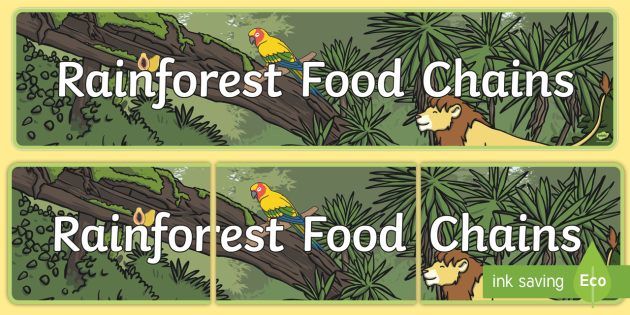


Rainforest Food Chains Display Banner Teacher Made



Rainforest Food Web And Food Pyramid By Grace K On Prezi Dubai Khalifa



Amazon Rainforest Tropical Rainforest Food Web Primary Producers Png 10x900px Amazon Rainforest Acid Rain Biome Consumer



Amazon River Food Web Bieber Travel Blog Rainforest Food Web Food Web Food Webs Projects



Amazon Rainforest Food Web Diagram Page 1 Line 17qq Com


Food Web The Amazon Rainforest Ecosystem



3d Geography Helping With The Teaching And Learning Of Geography Rainforest Food Web Food Webs Projects Food Web



Coral Reef Food Web National Geographic Society



Jaguar Animal Food Chain



Science Focus Topic 1 Notes Interactions Within Ecosystems Rainforest Food Web Ecosystems Projects Ecosystems Diorama



Ecosystems By Neil 18 Infographic


4 How Do Tropical Rainforest Systems Work Island School Humanities



Amazon Rainforest Food Web 2 Text Images Music Video Glogster Edu Interactive Multimedia Posters
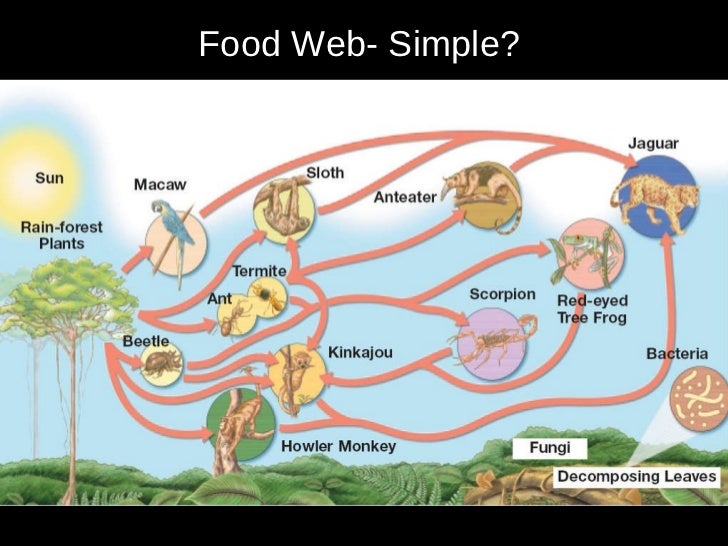


Rainforest Importance


Animals Crowded Planet Guide On Rainforests



Download Jungle Cartoon
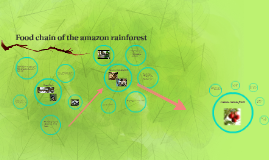


Food Chain Of The Amazon Rainforest By Leah T



Tropical Rainforest Food Web Science Project Education Com



Rairforest Food Chain Rainforest Ecosystem Youtube


Food Web Grade 7 Science Lab Work



Amazon Rainforest Displaying The Food Web Part Of A Thematic Unit Created By My Ell Students Rainforest Food Web Food Webs Projects Food Web



Amazon Rainforest Food Pyramid Page 2 Line 17qq Com
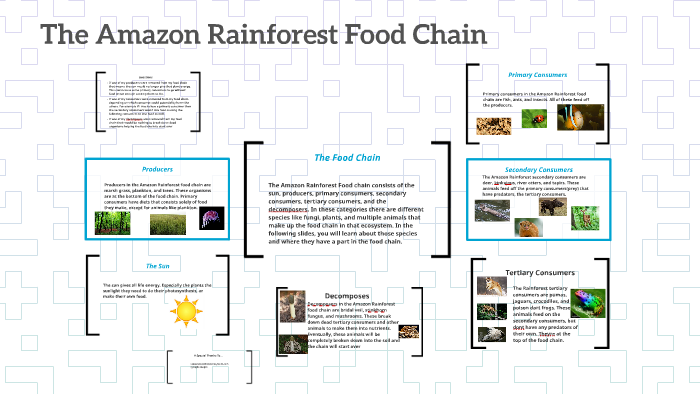


The Amazon Rainforest Food Chain By Kaycee Polley



Capybara In Food Web



Do Now Characterize The Feeding Relationships In This Food Web Ppt Download
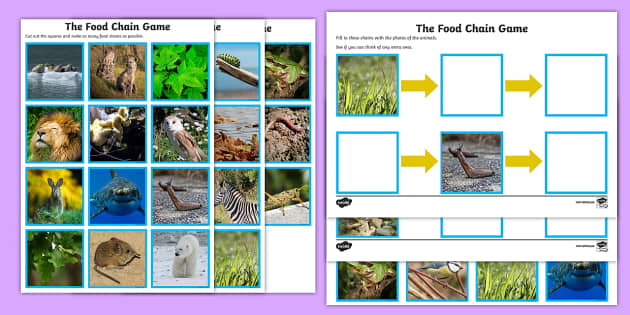


Rainforest Animals List Food Chain Primary Resources



A Rainforest Food Web Ecosystem Food Webs Meister Cari Gray Howard Amazon Com Books



A Rain Forest Food Chain A Who Eats What Adventure In South America Follow That Food Chain Wojahn Rebecca Hogue Wojahn Donald Amazon Com Books



What Are Three Types Of Producers Found In The Tropical Rain Forest Sciencing



Images And Places Pictures And Info Amazon Rainforest Food Web Diagram



The Tropical Rainforest Food Web Video Lesson Transcript Study Com
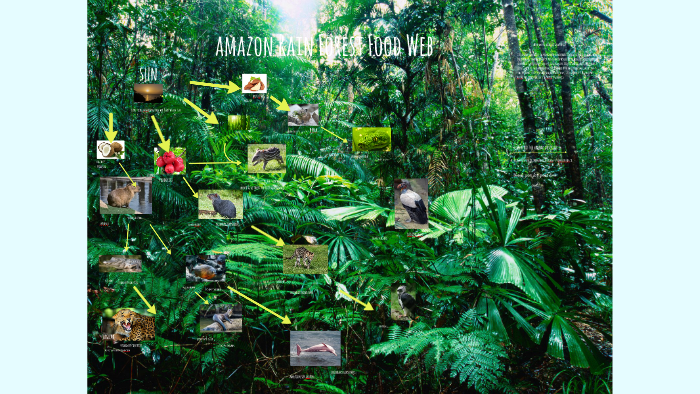


Rainforest Food Chain By Victor Coronado



Amazon Rainforest Jaguar Food Chain Page 1 Line 17qq Com


Cougarbiology Tropical Rainforest Group D



Tropical Africa Food Web Food Chain Tropical Rainforest Png 4x502px Tropical Africa Chain Communication Computer Network



Clone Of Amazon Food Web Insight Maker
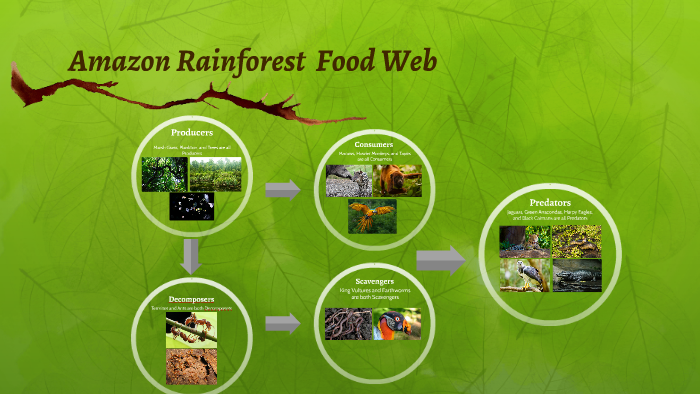


Amazon Rainforest Food Web By Kimberly Cruz
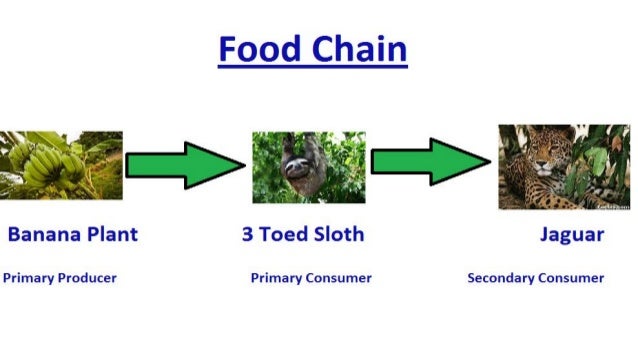


The Amazon Rainforest Period 4



Biome Desert Biology Food Web Desert Food Carnivoran Png Pngegg



Capybara In Food Web
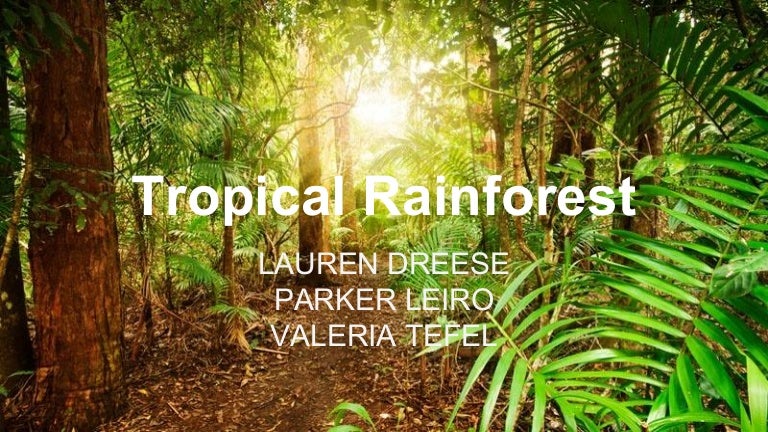


The Amazon Rainforest Period 4



Download Tropical Rainforest Food Web Clipart Amazon Temperate Grassland Animals Food Web 9x657 Png Download Pngkit


Http Www Waltonstaffs Com Media Paper 1 The Living World Chapter Pdf



Rainforest Food Web And Food Pyramid By Grace K On Prezi Dubai Khalifa



Tropical Rainforest Food Web Google Search July Themes Rainforest Food Web Rainforest Food Chain Food Web



Amazon Rainforest Food Web Text Images Music Video Glogster Edu Interactive Multimedia Posters


Http Wildernessclassroom Com Members Peru2 Unit 5 Food Pdf



Amazon Rainforest Tropical Rainforest Food Web Primary Producers Png Clipart Acid Rain Amazon Rainforest Biome Consumer Ecology Free Png Download
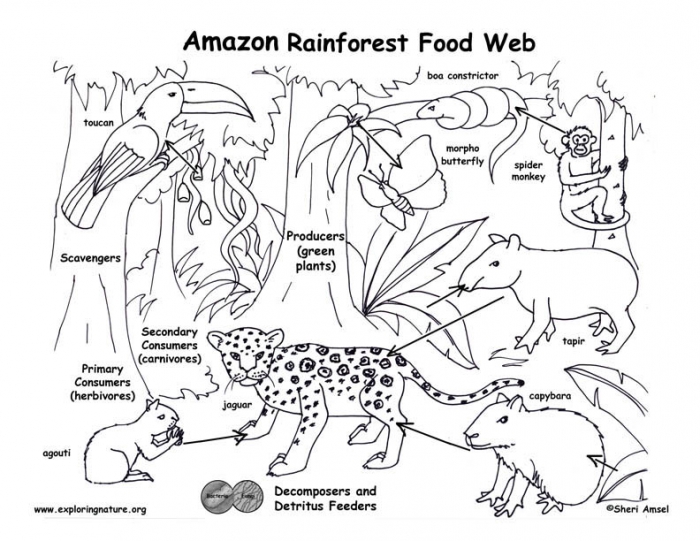


Rainforest Food Chain Worksheets 99worksheets



Rainforest Insight Maker



Q Tbn And9gcsyfrbgfrep8p8j4tcnzz0hczbonwkourqket3cbb5c4pyhk1sn Usqp Cau
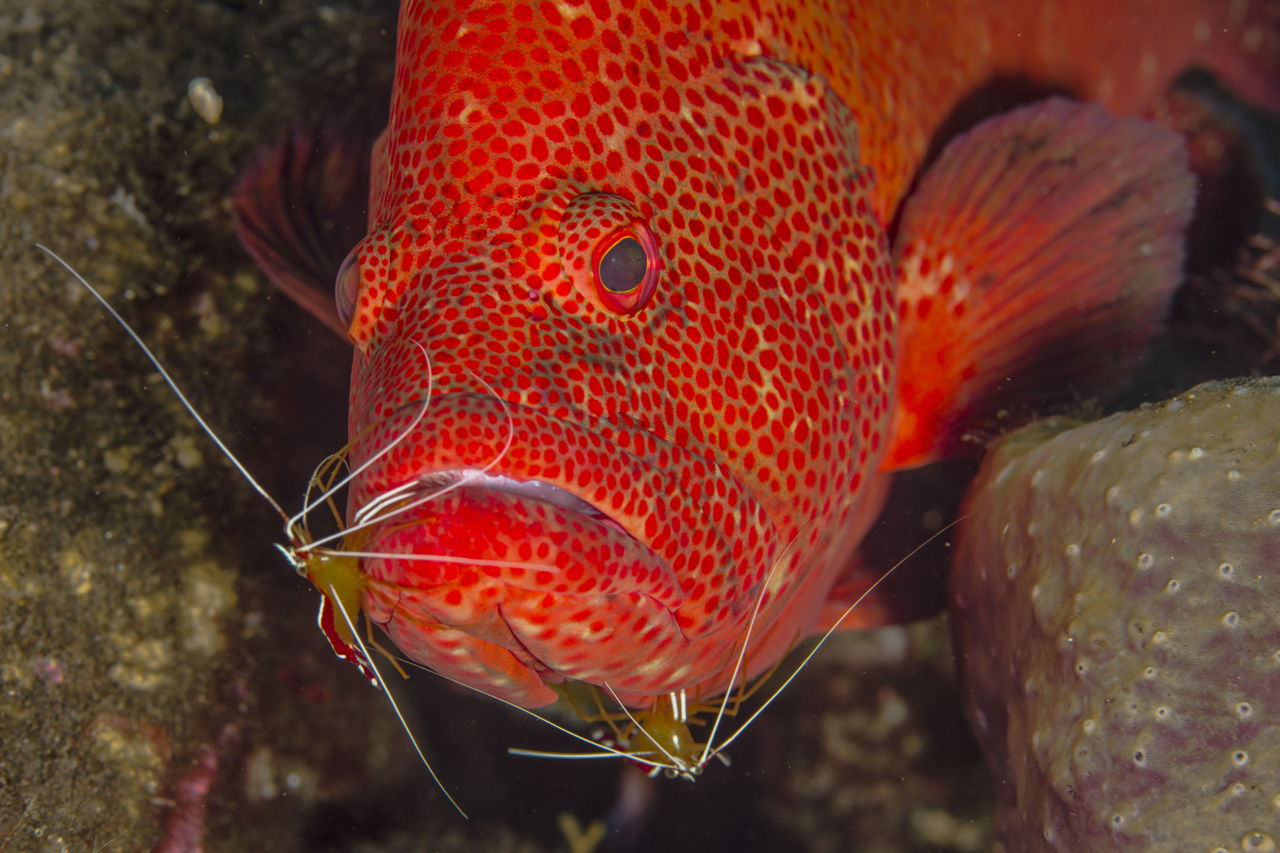


Tropical Rainforest Food Web Science Struck
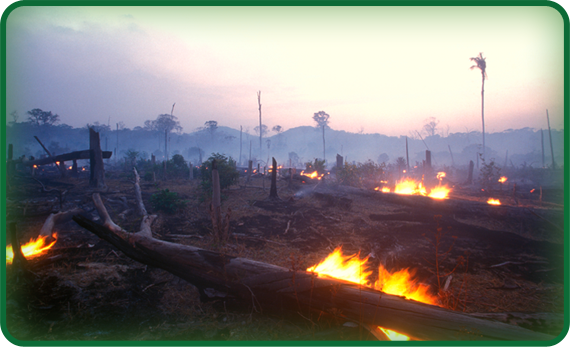


Food Chains And Food Webs Powerknowledge Life Science



Ecosystem Biology Project Amazon Rainforest Youtube



Impact Of Deforestation On The Rainforest Ecosystem Ppt Video Online Download
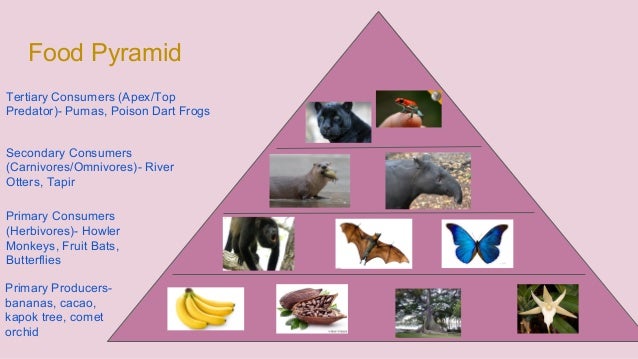


The Amazon Rainforest Period 4
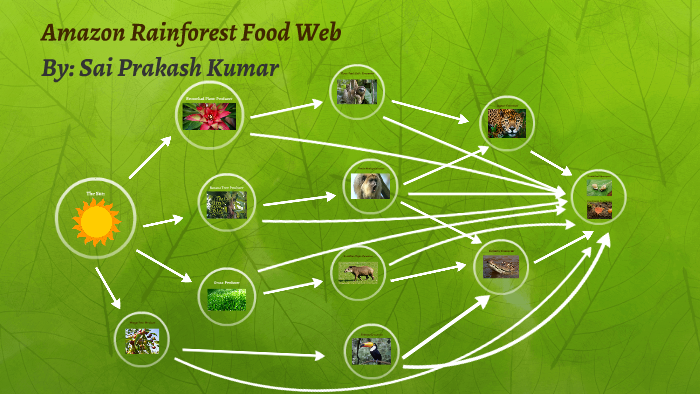


Amazon Rainforest Food Web By Sai Prakash Kumar



Protecting Biodiversity In The Amazon Rainforest National Geographic Society



African Rainforest Food Web


Tropical Rain Forest



Amazon Rainforest Ecosystem Facts Environment Ecology Class Video Study Com


コメント
コメントを投稿